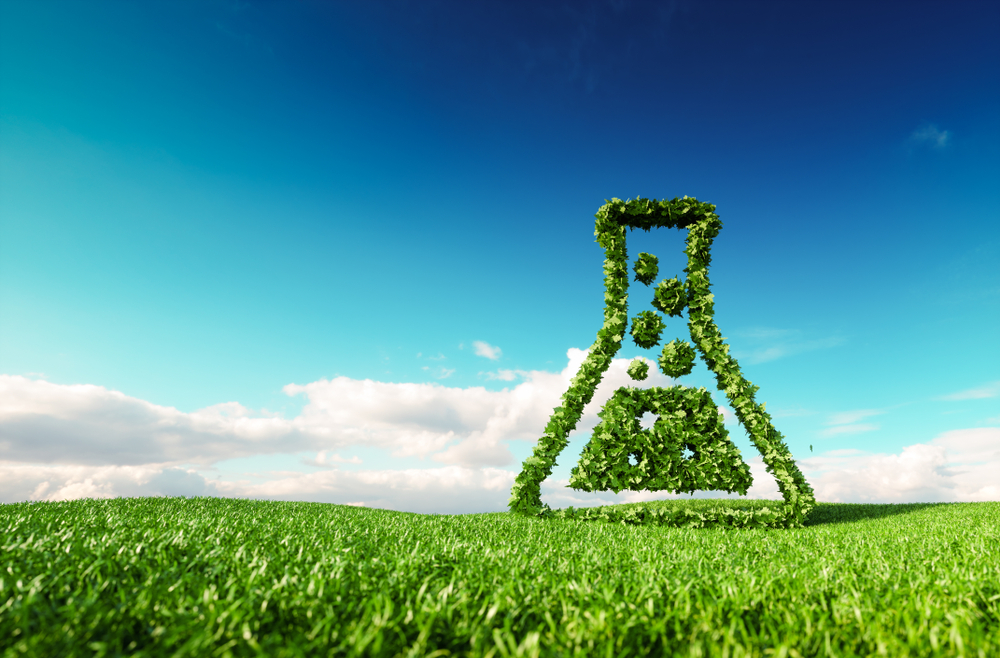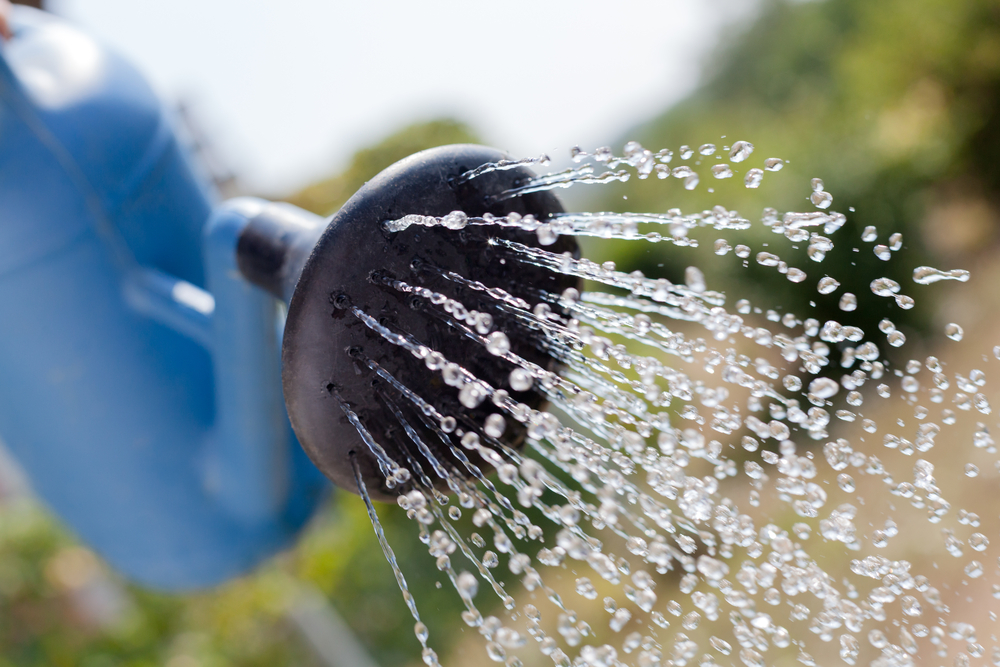- During the last weeks of flowering, as the long-awaited harvest approaches, growers become increasingly enthusiastic about their crop, and can hardly wait to get rewarded for all the hard work they have put in.
- During this stage, growers gaze in awe at their full-grown, flower-filled plants, confident that the bulk of the work is over. But the stage prior to harvest is no less important, directly affecting the quality of the final product. We’re talking about flushing, a process aimed at eliminating fertiliser residues from the substrate, plant roots and plant tissues.
- Read on for tips on how to flush your cannabis plants and improve the quality of your crops.

Why to flush cannabis plants

Fertilisers are necessary for the health of plants both during the vegetative and the flowering stage, as these allow for a hardy plant structure that can reach its full potential during flowering, developing thick, deliciously aromatic flowers. Three weeks prior to harvest, though, - two weeks at the very least -you will need to flush your plants in order to eliminate fertiliser residues.
Flushing is a process that involves removing excess buildup of fertiliser from the substrate, the plant roots and the plant tissues, and is a crucial step for a final product that is safe to consume and that boasts top-quality flavours, aromas and effects.
It is therefore important that you don't overlook this stage, otherwise salts from nutrients used during growing will build up in your plants' flowers to varying degrees.

Should you not flush your plants, your weed may leave an unpleasant taste and produce a burning sensation in the throat, suggesting toxicity and the presence of fertilizer residues.
Additionally, the fresh flowers will give off an unpleasant manure-like aroma, like when you open a fertiliser bottle or enter a house that has been closed up for a while. To cut it short, if you don't go about flushing thoroughly, your weed may lose most of its properties, ruining the hard work put in in previous months.
How to flush cannabis plants
Whether they're autoflowering, quick, CBD-rich, indica or sativa hybrids, all cannabis plants can be flushed using the same method, which involves two complementary techniques: flushing of the substrate and flushing through watering.
Flushing of the substrate:
This first stage is aimed at removing the salts built up in the substrate, and should occur at least three weeks prior to the end of the flowering period.
For an optimal result, set your pots in a shower or bathtub and pour water onto the top of the soil for 25-30 minutes. You just have to hold the showerhead above the pots, interrupting the flow of water at short regular intervals so that it drains from the bottom of the pot, gradually cleaning the substrate. The drained water will be rather dark at first, but should become clearer and clearer as the substrate gets clean. By the end of the process, the water should come out clean.
A good way to ensure everything has gone as expected is to measure the EC of the water drained from the pot both at the beginning and at the end of the process. By doing so, you won't have to rely just on the colour of the water, but will also have tangible data to help you -high at first, the EC value should be greatly reduced after flushing. Besides helping you determine whether the plants have been correctly flushed, measuring the EC is a great way to gain awareness of the amount of waste that can end up in your body if you ingest buds from plants that have not been flushed.
For a particularly thorough result where the final product is completely safe and free from impurities, you can reflush your plants after a week, reducing the flushing time to 15-20 minutes.
Flushing through watering:
This is the preferred method by cannabis growers.
If your plants are dark green at the time of harvest, it might be a sign that excess buildup of nutrients has not been correctly removed
Flushing through watering is a method that essentially involves giving your plants abundant clean water - with a pH of 6.5 - during the last 2-3 weeks prior to harvest. Enzymes may be added to the water once or twice a week to aid the dissolution of minerals built up in the roots and tissues of the plant.
A three-week flushing will completely remove excess mineral buildup from your plants, ensuring the final product is entirely free from impurities. If you opt for a flushing of just two weeks, instead, your weed will be sufficiently clean but will probably contain a small amount of salts.
 During senescence, the last maturation stage of the flowers before harvest, plants start to yellow, gradually losing their intense green colour. Surprisingly enough, this is a very positive sign that everything is going as expected and that the plant tissues are effectively absorbing and assimilating the nutrients.
During senescence, the last maturation stage of the flowers before harvest, plants start to yellow, gradually losing their intense green colour. Surprisingly enough, this is a very positive sign that everything is going as expected and that the plant tissues are effectively absorbing and assimilating the nutrients.
Hopefully these tips will help you improve the quality and the safety of your crop. Best of luck with your grow!



Comments from our readers
Read comments in other languages:
Did you like this post?
Your opinion about our seeds is very important to us and can help other users a lot (your email address won't be made public).